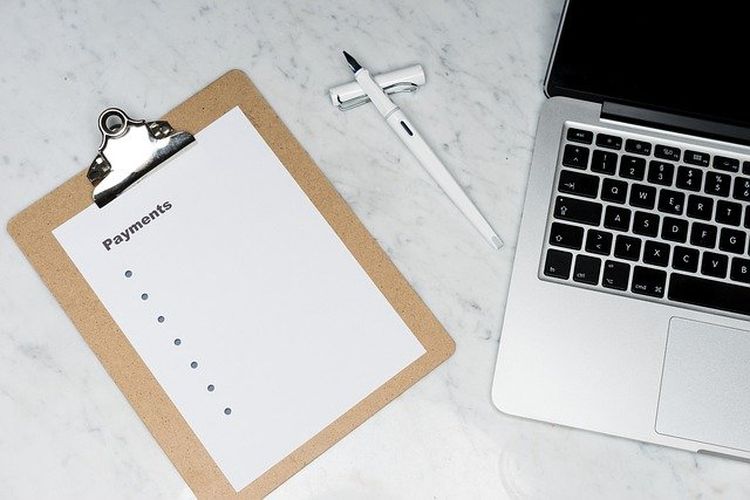This Hot Shopping Trend Is A Path To Debt
“Buy now, pay later” sure sounds good. But more than ever before, it’s become “Buy now, pay the price later” – in more ways than one. Shoppers are increasingly looking for buy now, pay later (BNPL) programs to help them purchase what they want, when they want it, with a payment structure they can afford.
U. S. monthly BNPL sales topped $2.1 billion in November of 2020, more than double compared to the year before according to Afterpay, a leading lender in the BNPL category. But not everyone sees BNPL programs as a smart buying option; in fact, financial expert Suze Orman believes they’re a “gateway to overspending.”

How BPNL Programs Work
In general, BPNL programs require only 25% down at the time you make your purchase. Another thing that makes the offer so tantalizing: You’ll be able to pay the balance off by making payments every few weeks, and, if you make all of the payments on time, you won’t be charged interest on what you owe.
Research has shown that when buyers don’t have to pay an entire bill at checkout, they’ll keep spending. Almost half of those who reported using a BNPL program said they spent an additional 10% to 40% with these plans compared to when they use their credit cards. A new survey from LendingTree indicates that two-thirds of shoppers who have used a BNPL service said they typically buy more than they would if they paid for everything upfront, and 47% said they wouldn’t have made their full purchase to begin with if the BNPL option wasn’t available.
According to Orman, “When you only have to pay $25 immediately for a $100 purchase, your brain starts playing tricks on you, and tells you that this is such a great deal, because it’s only costing you $25. What seems like a great deal can actually be a gateway to overspending.”
Other financial issues can also result from using a BNPL program to make purchases. According to a Credit Karma/Qualtrics survey, while 42% of Americans report having taken advantage of a BNPL program, 38% of those shoppers reported missing a payment due date, which resulted in a late charge. What’s more, 72% of those surveyed who missed a payment reported that their credit score took a hit.
How To Make Purchasing Decisions Work Better For You
Before making a purchase, Orman suggests you ask yourself one very important question: Regardless of whether the purchase is a need or a want, can you actually afford it?
She writes, “It’s not just a matter of being able to make all the payments on time. The bigger issue is what you might be able to do with those dollars if you didn’t use them to buy that want.”
For some buyers, making that decision and analyzing financial needs and wants is easier said than done. Orman suggests the following when you’re looking to prioritize and to determine what you can – or cannot – afford.
Decrease Your Debt
You charge a little here, a little there, and before you know it the interest is piling up. If you’re looking for a cost-efficient way to manage the debt you’ve built up, consider a single lower-interest debt consolidation loan.
Prepare For Emergencies
Orman recommends putting aside a full-year’s worth of living expenses that you can rely on in case of an emergency. Putting money in a savings account or a certificate of deposit will allow your savings to grow.
Save For Retirement
Financial planning is important for today and also tomorrow. Retirement always seems so far away – until it isn’t. Work out a savings plan that includes a retirement account, and look into securing an affordable life insurance policy to ensure your family’s financial future is secure.
Shop Around For Insurance
Paying for car insurance and homeowners insurance can add up in the course of a year. Switching to one of the cheaper car insurance policies could potentially save you around $1,100 annually.
Use An Investing App
You don’t need to be a Wall Street hotshot to find good investment options. To get started, download an investing app that will help turn your spare change into a real portfolio and watch the numbers add up at the same time your investment experience increases.
Refinance Your Mortgage
You could be saving hundreds on your monthly mortgage insurance bill by shopping around for the lowest mortgage rate. Mortgage technology and data provider
Black Knight says that around 13 million homeowners could save about $238 per month by refinancing their loan.
